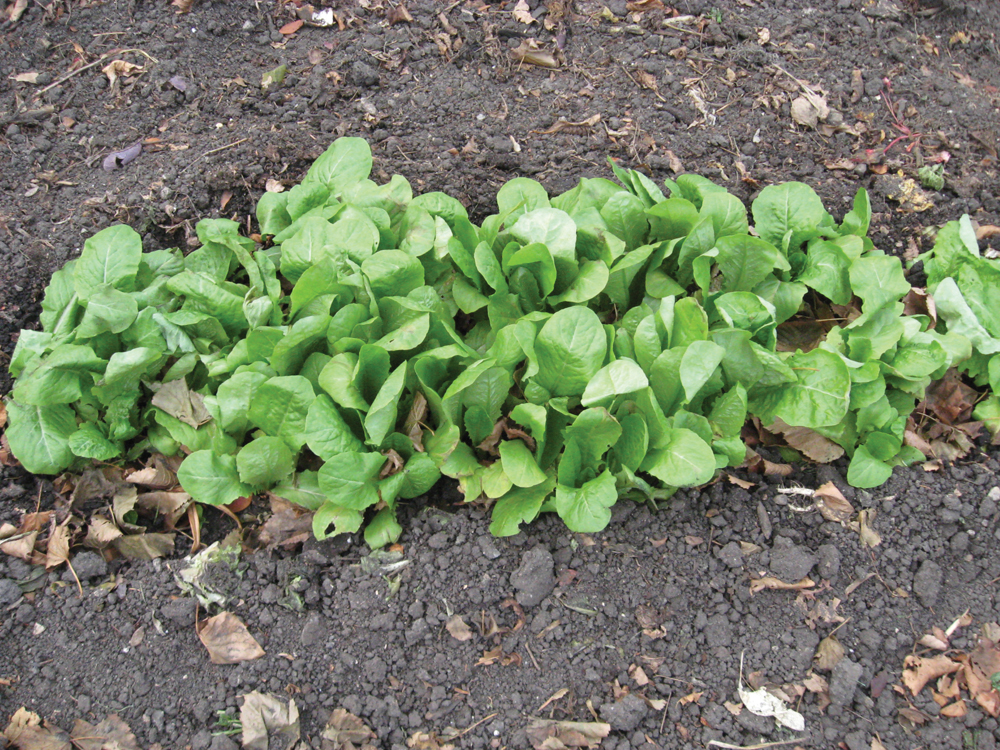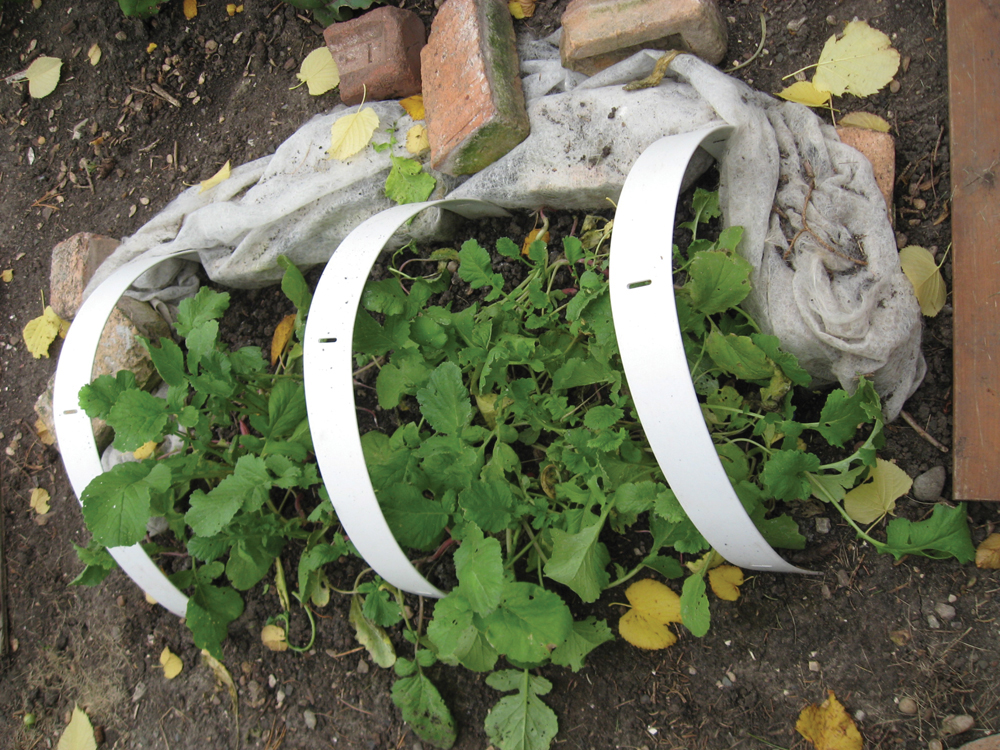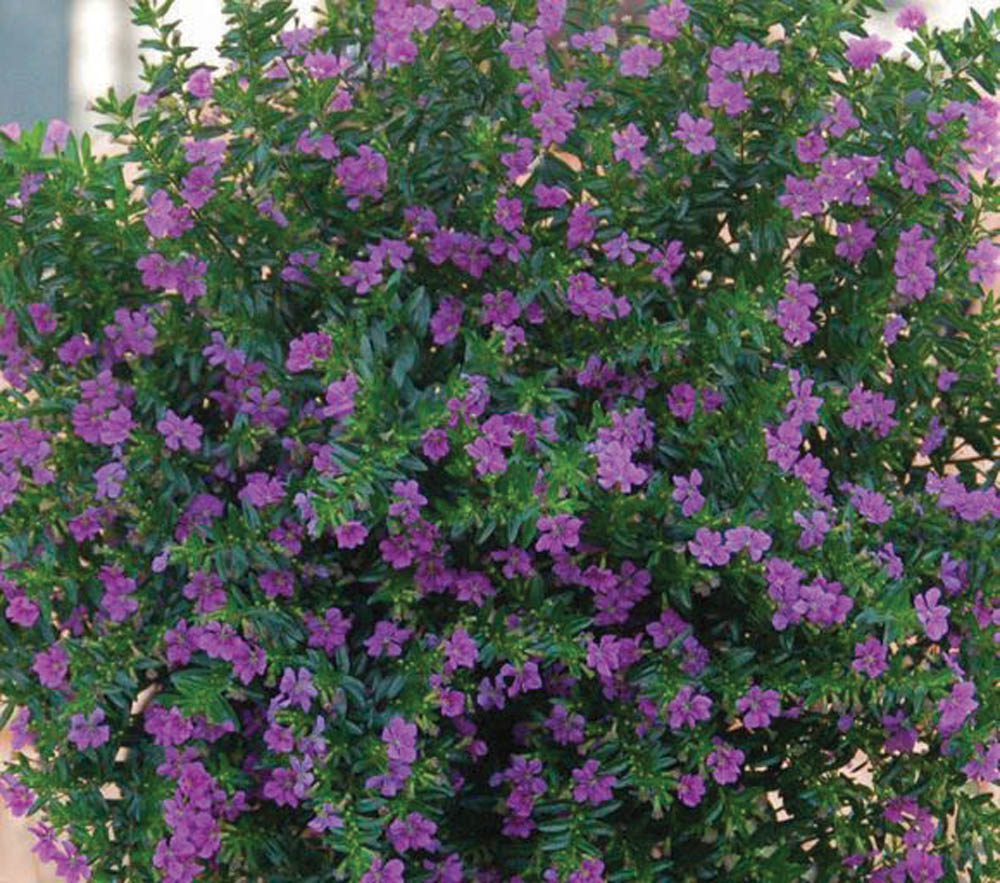The peas and beans have long ago been pulled up, the corn is about done, and other vegetables are objecting to cooler temperatures and light frosts. Although we can’t expect the same quantity of vegetables from our gardens as in midsummer, we can keep quite a few producing well into October. A bit of planning as well as a dedicated schedule of protection when called for is required. What vegetables can keep going in our gardens this late in the season?
Radish
A last crop planted in the first couple of weeks of August will produce crisp radishes well into October. Usually mature in about 28 days during the summer, late-seeded radish will take longer. Keep them watered and fertilized, and if flea beetles are a problem, cover the row with a barrier such as Remay cloth. During frosty nights, cover the row with a blanket.
Lettuce
Seeded in early August, a late crop of lettuce will come into production when the last planting of the main crop lettuce is used up. Push a few sticks into the ground along the row just a bit higher than the plants to take the weight of blankets that will have to be thrown over the row on frosty nights. Cos and buttercrunch types fare better than leaf lettuce varieties.

Cucumbers and zucchini
These plants are not at all frost tolerant and when the temperatures cool, they stop producing flowers and fruit. However, by giving them protection from early frost, the existing fruits on the plants will mature. Cover the plants with heavy blankets and put a few stakes in the ground to hold the blankets off the plants.
Swiss chard
Chard does not mind cool temperatures and will be the last vegetable to succumb to cold weather. Put a few sturdy stakes along the row to support the blankets used to cover the plants during cold nights. It is helpful to tidy up the row by removing damaged and weathered stems from the plants and discarding them so that there is not as much foliage to cover. If there is any chard left when the weather gets too cold to leave the plants in the garden, it will keep in the fridge for several weeks.
Read Also

Farmer gift idea: How about a weather station?
The 2025 holiday season is looming, and a home weather station might make a great Christmas gift for farmers
Tomatoes
I pick most of my tomatoes long before heavy frost occurs but when I am doing the final picking and pulling the plants up, I select one plant that has a lot of smaller green fruits on it and leave them on the plant. I cover this plant during cold nights with a heavy blanket and the fruits gradually get bigger. When the tomatoes that had been picked earlier are all ripened and processed or eaten, I still have some green tomatoes to bring in to extend the “tomato season.”
Why don’t I mention root vegetables and other hardy vegetables that would surely withstand some frost? Root vegetables like beets, carrots and turnips, as well as some of the brassicas, such as cabbage and kohlrabi, store just as well in the fridge as they do in the fall garden. Therefore I find it easier to harvest these vegetables before I have to worry about protecting them from frosts.
If you don’t have an extra fridge to store them, they can withstand quite hard frosts. The brassicas may have to be covered with a barrier to protect them from flea beetles, which can invade the garden after canola fields have been swathed. Root vegetables can also be left in the garden until quite late in the season, but a blanket could be thrown over them on cold nights later in October. Hilling the vegetables can help protect bare shoulders from being frozen.
The downside to leaving so many vegetables in the garden is that it can’t be tilled until they are harvested. Last year, the fellow who tills my garden had to deal with partly frozen topsoil! However, the effort and inconvenience are worth it to be able to enjoy as many fresh vegetables as possible from the garden for as long as possible.















